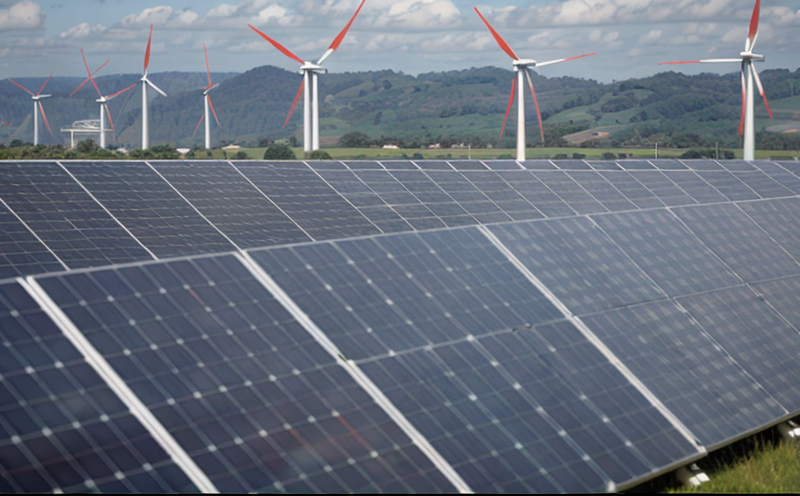Biomass Grindability & Milling Properties
The grindability and milling properties of biomass are crucial factors in optimizing the performance of renewable energy systems, particularly those that rely on biomass for fuel or feedstock. Understanding these properties helps in selecting the most suitable species, varieties, and processing methods to ensure efficient conversion into bioenergy.
Biomass grindability refers to a material's resistance to being reduced in size through mechanical means such as grinding or milling. The efficiency of this process directly impacts the subsequent steps in biomass utilization, including combustion, fermentation, or biochemical conversion. Factors influencing grindability include particle size distribution, moisture content, lignin content, and cell wall structure.
The milling properties are related to the ease with which a material can be processed through various types of mills. These properties are influenced by the mechanical strength and cohesion within the biomass particles. High milling efficiency translates to lower energy consumption during processing, which is essential for cost-effective operation in bioenergy plants.
Testing grindability and milling properties involves several steps. Specimen preparation includes selecting representative samples that accurately reflect the characteristics of the biomass material. The samples are then subjected to various mechanical tests using specialized equipment designed to simulate real-world conditions encountered during processing.
The industry relies on international standards such as ISO 13687:2021 and ASTM D5497-18 for measuring grindability and milling properties. These standards provide precise protocols that ensure consistency and comparability across different laboratories worldwide. Reporting typically includes detailed descriptions of the test methods used, raw data, calculated values, and graphical representations such as particle size distribution curves.
Understanding these properties enables stakeholders to make informed decisions about biomass resource selection, process optimization, and system design. For instance, knowing the grindability index can help determine whether a particular type of biomass is suitable for a given application or if alternative species should be considered. Similarly, knowledge of milling energy requirements informs investment strategies regarding equipment acquisition.
In practice, these tests are conducted in controlled laboratory environments where variables like temperature and humidity are carefully managed to avoid external influences on the results. This ensures that the findings accurately reflect intrinsic material properties rather than environmental factors.
Industry Applications
| Application Area | Specific Biomass Types | Testing Requirements |
|---|---|---|
| Bioenergy Production | Corn Stover, Wood Residues, Straw | Determining optimal particle size for efficient combustion and gasification processes. |
| Biorefineries | Sugarcane Bagasse, Switchgrass | Evaluating suitability for enzymatic saccharification or fermentation into ethanol. |
| Biofuel Production | Peanut Shells, Soybean Hulls | Assessing raw material characteristics for pelletization and briquetting processes. |
Quality and Reliability Assurance
- Adherence to ISO standards ensures consistent results across different laboratories.
- Use of advanced milling equipment provides accurate measurements of grindability indices.
- Inclusion of moisture content in tests affects the energy required for grinding, influencing final product quality.
- Particle size distribution analysis helps optimize subsequent processing steps within bioenergy systems.
Competitive Advantage and Market Impact
Accurate testing of biomass grindability and milling properties offers significant competitive advantages. By optimizing these parameters, companies can reduce operational costs associated with raw material handling and processing. Enhanced efficiency also leads to improved product quality, which is crucial for maintaining market competitiveness.
Innovative approaches to testing and analysis contribute to sustainable practices within the bioenergy sector by promoting the use of renewable resources more effectively. This not only supports environmental goals but also drives economic growth through innovation in technology and process improvements.





